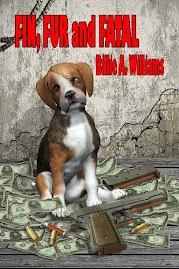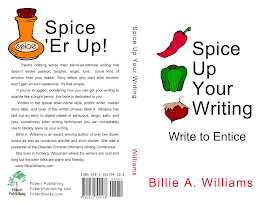E is For Evidence, Evil and Elle Dowser in My Brother's Keeper.
If you watch any courtroom dramas, real or fictional, you will know there are categories of evidence. Substantiated, circumstantial, hearsay, and degrees of each that are considered by police, defense, prosecution, judge and jury.
 |
| My Brother's Keeper |
Evidence, real or perceived, planted or present by default, creates its own trail for the detective or those investigating a crime of any sort. Deciphering what it means is the detective's job. The writer plants the evidence, but it needs to meet certain criteria. Yes, it can be a red herring [there's that reference again, more later] or something planted to appear true as in My Brother's Keeper—a friend seems to be helpful, as does her boyfriend or male friend, except—neither is as they seem to be to Elle Dowser.
Clues to solving Elle's dilemma some false, some misunderstood, some deliberate plants, must be sifted, sorted, discarded or believed at face value. Can she sort out the mess and stay alive to prove what the real evidence says?
Of course, you know it won't be a clear, straight path from real clue to solution, or the book would go nowhere. Some evidence will seem to be, and yet, it turns out not to be—it's a dead end for your sleuth.
Some evidence will be deliberate wrong turns meant only to deceive. As the writer, you are in charge. Make all the evidence work for you and your story and you are sure to keep your readers along for the ride.











2 comments:
Stories where the evidence leads you astray are fun to read and keep you guessing till the very end.
Great post.
Thanks Bev, appreciate your comments
Post a Comment